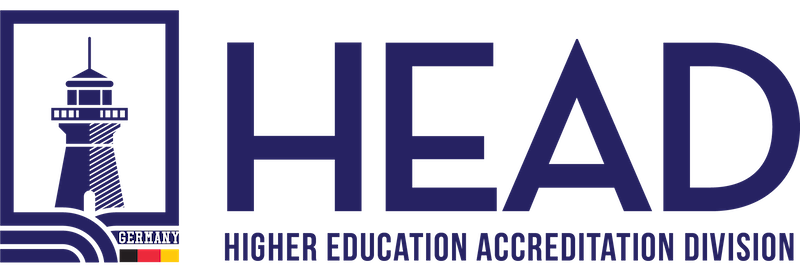Designing an Effective Educational Organizational Management System: A Comprehensive Approach

Introduction
In today’s rapidly evolving educational landscape, effective management systems are vital to ensure the smooth functioning of educational organizations. One critical aspect of this is the determination of processes and the application of relevant criteria and methods to facilitate their efficient operation and control. This article aims to delve into the significance of establishing a robust Educational Organizational Management System (EOMS) and explore the criteria, methods, and performance indicators necessary for its effective implementation.
Importance of an Educational Organizational Management System
Educational institutions, whether schools, colleges, or universities, are complex entities with numerous interconnected processes. A well-defined EOMS provides a structured approach to managing these processes and facilitates effective decision-making, resource allocation, and continuous improvement. It ensures that all activities align with the organization’s objectives and enhances overall performance and outcomes.
Determining Processes
The first step in designing an EOMS is to identify and determine the key processes that drive an educational organization. These processes encompass a wide range of activities, including curriculum development, admissions, student support services, faculty management, financial administration, and quality assurance. Each process should be clearly defined, with well-defined inputs, outputs, and interactions, to enable effective management and control.
Applying Criteria and Methods
Once the processes are determined, it is essential to establish the criteria and methods to govern their operation. The criteria define the standards and benchmarks against which the processes will be evaluated, ensuring consistency and quality. These criteria may vary depending on the specific process, but common aspects include efficiency, effectiveness, compliance with regulations, and stakeholder satisfaction.
Methods for managing processes can include standard operating procedures (SOPs), guidelines, and best practices. SOPs outline step-by-step instructions for carrying out tasks within a process, ensuring consistency and reducing errors. Guidelines provide a broader framework, offering flexibility while maintaining alignment with organizational goals. Best practices incorporate proven methodologies that have yielded successful outcomes in similar contexts and can serve as benchmarks for performance.
Monitoring, Measurement, and Performance Indicators
To ensure the effectiveness of the EOMS, robust monitoring, measurement, and performance indicators are essential. Regular monitoring allows organizations to track the progress of processes, identify bottlenecks or areas for improvement, and take corrective actions promptly. Measurement involves collecting relevant data and analyzing it against predefined performance indicators, providing objective insights into process performance.
Performance indicators should be carefully selected based on the goals and objectives of each process. For example, student enrollment rates, retention rates, and student satisfaction surveys can be used as indicators for the admissions process. Financial indicators, such as budget adherence and cost-effectiveness, are crucial for the financial administration process. Timeliness, accuracy, and stakeholder feedback are additional indicators that can be utilized across multiple processes.
Conclusion
Establishing a well-structured Educational Organizational Management System is crucial for the effective functioning of educational institutions. By determining processes, applying appropriate criteria and methods, and implementing comprehensive monitoring and measurement mechanisms, organizations can ensure the efficient operation and control of their processes. The EOMS facilitates the alignment of activities with organizational objectives, enhances performance, and enables continuous improvement. With a robust EOMS in place, educational organizations can navigate the challenges of the ever-changing educational landscape while delivering quality education and achieving their mission.
Source: HEAD – Higher Education Accreditation Division
Would you like to speak to one of our Higher Education Accreditation Expert? Just submit your details and we’ll be in touch shortly. You can also email us if you would prefer.

